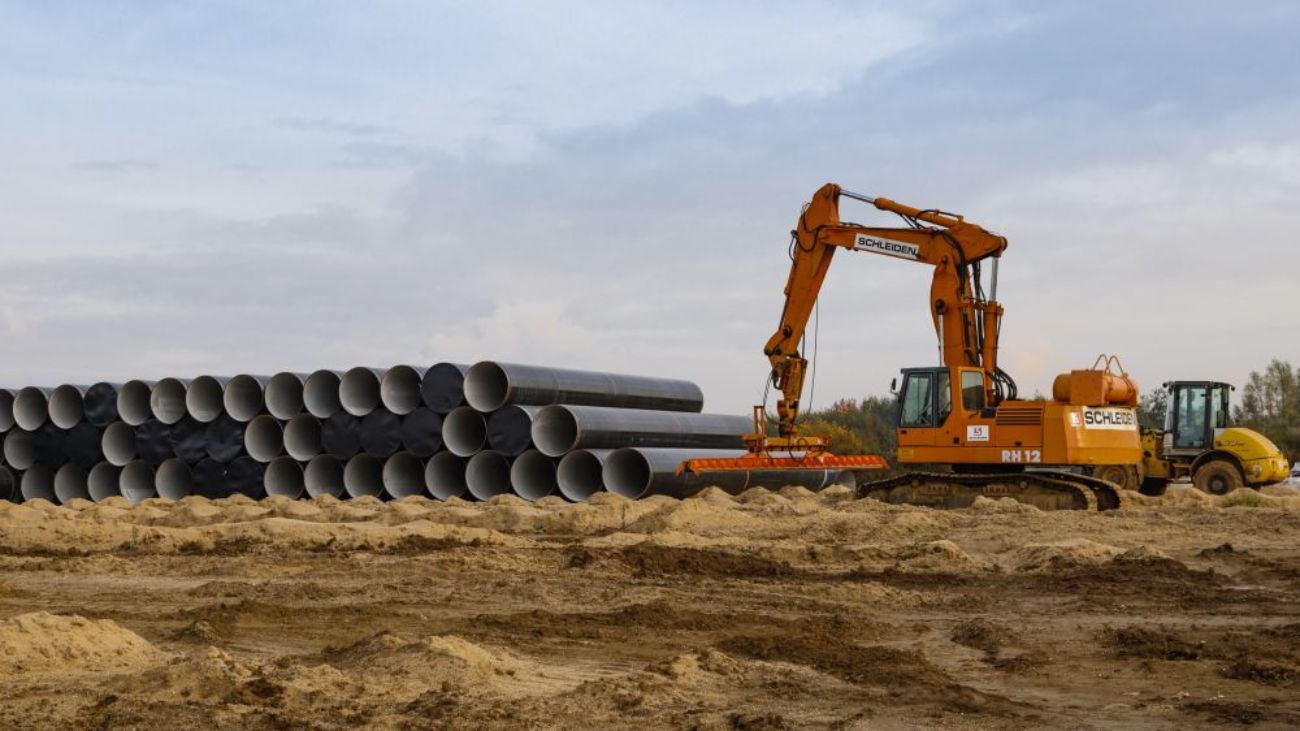A new plan to expand a New England gas pipeline would drive more fracking in Appalachia’s colossal gas reserves.
“Project Maple” is a proposal by the Canadian energy company Enbridge to expand its Algonquin Gas Transmission Pipeline by 25%, or 750 million cubic feet (MMcf) per day. Originally constructed in 1954 and with a current transmission capacity of about 3 billion cubic feet of gas per day, the Algonquin pipeline is part of an interregional pipeline network that ships gas from the Gulf Coast and the Marcellus and Utica fracking fields in Appalachia to consumer markets in the Northeast. Algonquin connects to the Millennium pipeline in Ramapo, New York and to the Maritimes and Northeast Pipeline near Salem, Massachusetts. Algonquin also connects to the Texas Eastern Pipeline, often called TETCO, in Lambertville, New Jersey.
Although Enbridge has not said where it would source the gas to fill the increased capacity provided by Project Maple, the most likely scenario is Pennsylvania’s prolific Marcellus basin, which is the nearest major source of gas production.
Figure 1: Map of the proposed expansion from Enbridge’s September 2023 open season announcement. Green boxes denote the location of compressor stations.

Source: Enbridge
In late 2023, Enbridge engaged in an “open season” to solicit bids to fill the 750 MMcf/day capacity added by Project Maple, 500 MMcf/day at the Ramapo receipt point and 250 MMcf/day at the Salem receipt point. According to the open season announcement, Project Maple’s expansion would consist of an array of small caliber projects along the existing line: replacing smaller diameter pipes with larger diameter pipes, extending pipeline loops in parallel to existing pipes, and increasing capacity at existing compressor stations.
If Enbridge gets its way, the project would be completed and operational by 2029. But because the Algonquin pipeline operates across state lines, Project Maple will first need to be permitted by the Federal Energy Regulatory Commission. As of August 2024, however, there has been little progress, with FERC noting that “Algonquin has not filed an application for Project Maple, nor has it initiated a pre-filing process at the Commission.”
In the meantime, opposition to Project Maple is building. Protests in the four impacted states of New York, Connecticut, Rhode Island, and Massachusetts have called for a stop to the project. In New York, more than 60 state and local elected officials sent a letter to Governor Kathy Hochul urging her to oppose Project Maple. The Massachusetts Sierra Club argues that the project would undermine the state’s decarbonization goals.
The governors of the four key states have not yet taken firm positions on Project Maple. In response to a letter from a coalition of environmental groups, a spokesperson from the Massachusetts Executive Office of Energy and Environmental Affairs expressed concern but did not explicitly come out in opposition: “We are concerned that a large gas pipeline expansion will not address reliability issues in a way that is consistent with our net-zero emissions limits.”
The prospects for Project Maple are far from clear. Over the last few years, the gas pipeline buildout from Appalachia has slowed. Major projects like the Atlantic Coast and Constitution pipelines have been canceled after years of community opposition. The region’s sole large new gas pipeline project that has been completed recently, the Mountain Valley Pipeline, was years behind schedule and billions of dollars over budget.
Similarly, another pipeline expansion project in the northeast, the Regional Energy Access Expansion (REAE) project, faced objections from Attorneys General in eight states who filed briefs challenging FERC’s approval of the project on climate and other grounds. Then, after REAE became operational, the approval was vacated by a DC circuit court on July 30, 2024, casting doubt on the project’s future. It remains to be seen whether a similar fate may await Project Maple.

